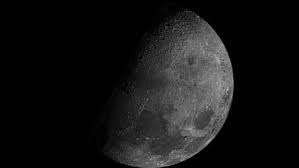
An internet imagery
BEIJING (PTI): China's Chang'e-5 probe successfully touched down on Earth in the early hours of Thursday, bringing home the first samples of the moon in over 40 years.
The spacecraft landed in Siziwang Banner in North China's Inner Mongolia Autonomous Region, at 1:59 AM (local time), according to the China National Space Administration (CNSA).
Zhang Kejian, head of the CNSA, declared the Chang'e-5 mission a success.
It marks a successful conclusion of China's current three-step lunar exploration programme of orbiting and landing, and bringing back samples which began in 2004, state-run Xinhua news agency reported.
It is China's maiden attempt to retrieve materials from an extra-terrestrial body. The Chang'e-5 lunar probe was launched from the Wenchang Spacecraft Launch Site on November 24.
It was the first attempt to bring the moon samples in over 40 years after the US sent astronauts to the moon to collect samples. In the Soviet Union's unmanned lunar sampling missions, the spacecraft took off from the moon and returned to Earth directly.
The 8-tonne Chang'e-5 spacecraft has four independent but interactive components. This includes one to stay in lunar orbit as a docking station, one to go down to the moon's surface and drill for samples, one to take the material back to the dock station and another to bring the samples back to Earth.
The return capsule of Chang'e-5 separated from the orbiter about 5,000 km above the Atlantic. The capsule entered the Earth's atmosphere at an altitude of about 120 km. At about 10 km above ground, a parachute opened.
The capsule landed smoothly in the predetermined area and the search team recovered it, the report said.
The capsule is set to be airlifted to Beijing for opening, and the moon samples will be delivered to the research team for analysis and study, said the CNSA.
China will make some of the samples available to scientists in other countries, Pei Zhaoyu, deputy director of the Lunar Exploration and Space Program Center of CNSA, has said.
Chang'e-5 is one of the most complicated and challenging missions in China's aerospace history as it touched down on the North of the Mons Rumker in Oceanus Procellarum, also known as the Ocean of Storms, on the near side of the moon on December 1, the report said.
This site was chosen because it had a younger geological age than the sampling areas of the US and the Soviet Union more than 40 years ago, and had never been sampled. The new samples reportedly weighing about two kg will be of great scientific value, according to Chinese space scientists.
Though lunar samples were brought back in the US and Soviet missions, scientists need more samples of different ages to piece together a complete history of the moon.
Chang'e-5 drilled into the lunar surface for samples that record evolutionary events, and grabbed material on the surface. Using modern analytical technologies, scientists will be able to unravel the mysteries of volcanic activities and meteorite impacts over the past billion years, the report said.
The probe has collected material at different sites to ensure the diversity of the samples.
After the samples were sealed, the probe's ascender successfully took off from the moon and docked with the orbiter-returner combination in lunar orbit.
The samples were transferred to the returner, before the ascender separated from the orbiter-returner. To avoid becoming space junk, the ascender made a controlled descent back to the moon, the CNSA said.
Then the orbiter-returner carried the precious samples home.
Pei said the Chang'e-5 mission not only represented an end to China's current lunar exploration programme, but also laid a foundation for future manned lunar and deep space exploration.
The milestone mission has accomplished several firsts for China, including the first moon sampling, the first liftoff from an extraterrestrial body, the first rendezvous and docking in lunar orbit, and the first spacecraft carrying samples to re-enter the Earth's atmosphere at high speed, Pei said.
China is drawing up plans for future lunar exploration, including constructing a basic version of a scientific research station, he said.
"We hope to cooperate with other countries to build the international lunar scientific research station, which could provide a shared platform for lunar scientific exploration and technological experiments," Pei said.
Meanwhile, China's Mars probe Tianwen-1 is currently more than 100 million kms away from Earth and is functioning normally, the CNSA said on Tuesday.
It will conduct several orbital corrections and will likely decelerate to enter the Mars orbit in mid-February next year, CNSA said.
The US, Russia, the European Union besides India have so far succeeded in sending missions to Mars which is regarded as the most complex space mission.
India became the first Asian country to have successfully launched its Mars orbiter mission, Mangalyaan, which entered the orbit of the red planet in 2014.
India also became the first country to have entered the Martian orbit in its first attempt.
A commentary by Xinhua on Thursday on the moon mission said it is regrettable to see that some major countries are pushing forward controversial accord that allows signatories or companies to create exclusive "safety zones" on the Moon, and adopting strategies to accelerate the militarisation of space.
Any of such self-dealing efforts to pursue space hegemony should be firmly rejected, the commentary added.
 Previous Article
Previous Article
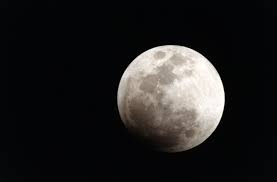
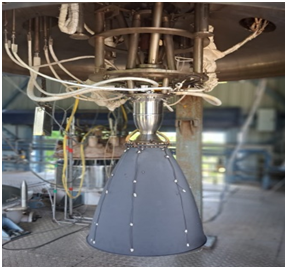
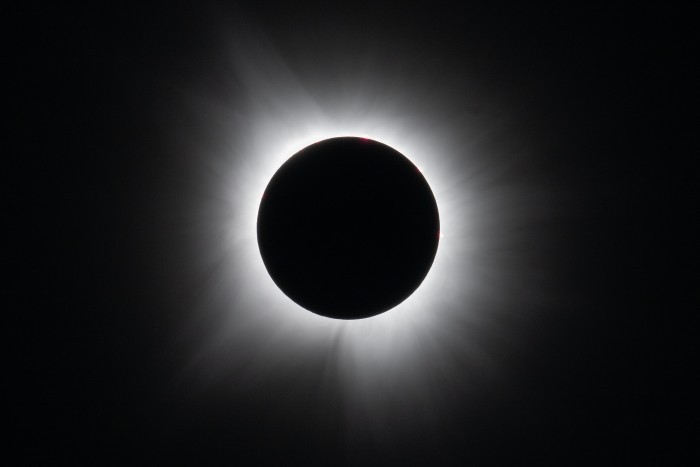
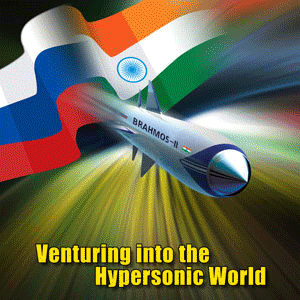








The Indian Air Force, in its flight trials evaluation report submitted before the Defence Ministry l..
view articleAn insight into the Medium Multi-Role Combat Aircraft competition...
view articleSky enthusiasts can now spot the International Space Station (ISS) commanded by Indian-American astr..
view article